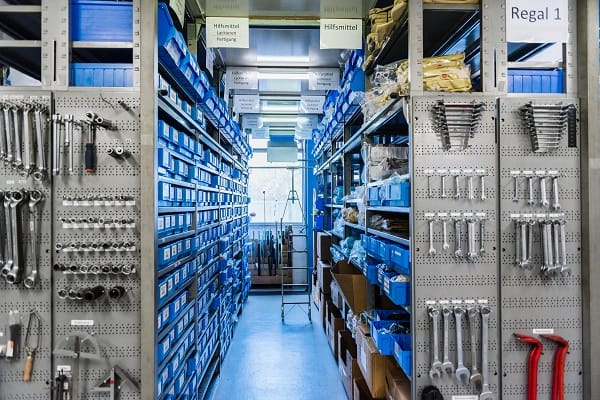Operational waste continues to affect businesses of all sizes. Excessive time spent on low-value tasks, inefficient workflows, and overlooked errors can all drain resources quickly. The problem often builds slowly, making it hard to trace without reliable data.
Performance tracking helps companies take more control. It supports clear decision-making, provides accountability, and makes inefficient processes easier to spot. With better visibility, teams are more likely to reduce avoidable waste and focus attention where it matters most.
Common areas where resources get wasted
Resource loss takes many forms. Time might be spent repeating tasks that could be automated. Materials might be over-ordered due to poor communication between departments. Manual data entry could introduce small errors that later require hours to fix.
Some teams work without full knowledge of what others are doing. This disconnect leads to duplicated work, delivery delays, or missed deadlines. It also creates frustration for staff chasing updates or correcting problems that could have been avoided earlier.
Waste builds when there is no clear view of progress. Tracking performance helps spot delays, inefficiencies, or repeated issues across different teams. Leaders can then respond more effectively and adjust processes before more time or money is lost.
The shift toward data-led decision making
Companies are choosing to rely more on structured data to guide their actions. Instead of waiting for quarterly reports or verbal updates, many now use real-time dashboards, team metrics, and automated reporting tools to measure progress and spot problems early.
Using data to shape decisions helps reduce guesswork. It brings clarity when reviewing project performance, financial results, or service quality. A structured view of operations supports better planning and helps ensure all departments are aligned.
This is where business intelligence solutions become relevant. They give organisations a clearer view of their activities by connecting systems and presenting performance data in an easy-to-interpret way. For example, business intelligence solutions from providers like Objective allow managers to track KPIs across departments and take action based on what the data reveals.
With these solutions, companies can track where resources are used, compare output across teams, and make better-informed decisions. It creates accountability while also highlighting areas that need change.
Benefits of real-time tracking for operational efficiency
Faster responses become possible when data updates automatically. If a delivery is delayed or a project starts falling behind, teams can respond without waiting for a report or meeting. Live data helps identify problems before they grow larger.
Staff tend to stay more engaged when their performance is visible and tied to shared outcomes. Knowing how work is measured, and seeing progress in real time, builds focus. This is especially useful when managing multiple departments or external partners.
Real-time data improves stock control, especially when linked to ordering systems. Businesses can avoid over-purchasing and respond quickly to changes in demand. Spending decisions become easier to manage when the budget is tied to up-to-date figures.
Tracking systems also improve supplier management. The data clearly shows when external partners miss deadlines or fail to meet service levels, allowing for quicker conversations and more informed contract reviews.
Challenges to adoption and how businesses are responding
Introducing performance tracking is not always straightforward. Some organisations face technical barriers, including older systems that don’t connect easily with newer tools. Others may find that staff need training or reassurance about how tracking will be used.
It is common for teams to worry that tracking means constantly monitoring individuals. Businesses that succeed in adoption usually present tracking as a shared tool rather than a surveillance method. Focusing on outcomes and support helps reduce concern.
Gradual adoption often works best. Instead of launching a full programme at once, businesses might apply tracking tools to a single department. Once processes improve, other teams follow, often with greater confidence and fewer delays.
Make performance tracking part of everyday business
Resource efficiency doesn’t happen by chance. It takes structure, focus, and the right tools. Tracking performance is one of the most effective ways to improve teamwork and budget use.
Businesses that integrate this into daily operations tend to stay ahead. They act faster, spend smarter, and create more value from their time and resources. Even modest improvements in visibility can deliver results.
Leaders looking to improve efficiency should review how well they currently track performance. Are systems joined up? Is the data reliable? Do team members understand what’s being measured and why? Addressing these points lays the foundation for long-term improvements.
Track smarter to use less
Resource waste will always be a challenge, but better tracking can help manage it more effectively. Businesses that measure their operations have more control over time, spending, and priorities.
Choosing the right tools makes a difference. Making tracking part of the business’s operations rather than an occasional task also helps. Finding gaps, fixing problems early, and improving performance across departments becomes easier.
Improving visibility is a practical place to begin for any business leader looking to reduce waste. Reliable data, shared systems, and simple reporting tools can all support better outcomes. The key is to act consistently and use the information already available to make smarter daily choices.

